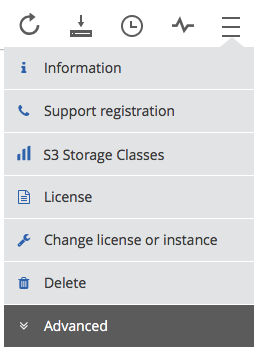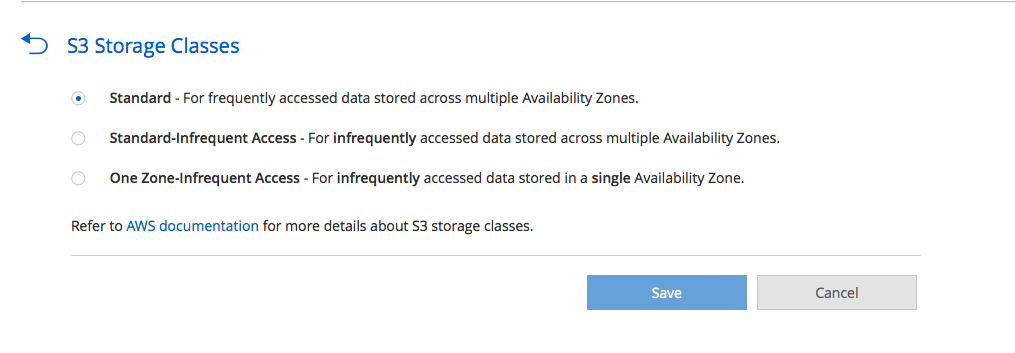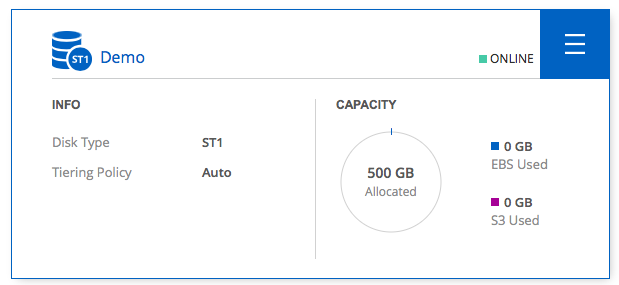In a previous post I talked about a NetApp technology that could reduce the cost of DR into AWS. I explained how NetApp can take a Mirror or Backup of data and push the data into S3 rather than store it on EBS, you can read about this here.
Recently NetApp released 9.4 of Cloud Volumes:ONTAP overview here, this brought with it significant enhancements to the Fabric Pool tiering technology. To recap, previous to 9.4 Fabric Pool supported the following 3 use cases with AWS:
- Tiering of inactive snapshots
- Tiering of secondary data copies
- Archiving of inactive volumes
As of 9.4 Cloud Volumes: ONTAP supports the following additions:
- Tiering of data in the active file system
- Support for tiering with Provisioned IO
- Support for S3-IA & S3-IA One Zone
- Support for Hot Blob and Cool Blob in Cloud Volumes: ONTAP Azure
There are also further enhancements however I wanted to keep this post focused on how we can use this new functionality and why.
Why Active Tiering
In an ideal world enterprises would refactor applications to leverage S3 but the reality is that this takes time, can be expensive and for legacy apps may realise little benefit. At the time of writing EBS is over 4x more expensive than S3 storage which makes it an expensive storage medium especially when large amounts of that data are untouched for long periods. With FabricPool Cloud Volumes: ONTAP automatically tiers cold data from EBS to S3 or from Managed Disks to Blob to give enterprises an elegant way to reduce storage costs in the cloud. Tiering is completely transparent to end clients and data is encrypted end to end.
How do I use Active Tiering
When you create a volume in the system you will notice the following option to choose a tiering mechanism:

If you are using the standard or premium license Auto Tiering is enabled by default, data will tier down to Blob or Object once it has not been touched for 31 days (This is tuneable between 2 & 63 days via CLI). Tiering is enabled per volume therefore if you have an application that requires consistent low latency you may wish to disable tiering on these volumes or leverage the snapshot policy only.
How do I change Object or Blob Tier
To recap NetApp supports the following cold tiers of storage:
- S3 , S3-IA, S3-IA One Zone in AWS
- Hot Blob, Cool Blob in Azure
By default in AWS you will be leveraging S3, in Azure the default is Hot Blob. Depending upon your use case you may wish to change the tier to lower costs, this is always set at the Cloud Volumes: ONTAP instance level which can be done from the top right menu:

From there the storage class can be changed as discussed for the entire instance. This is due to all volumes in Cloud Volumes: ONTAP sharing the same bucket regardless of layout.

For more information about storage classes click here for AWS and here for Azure.



